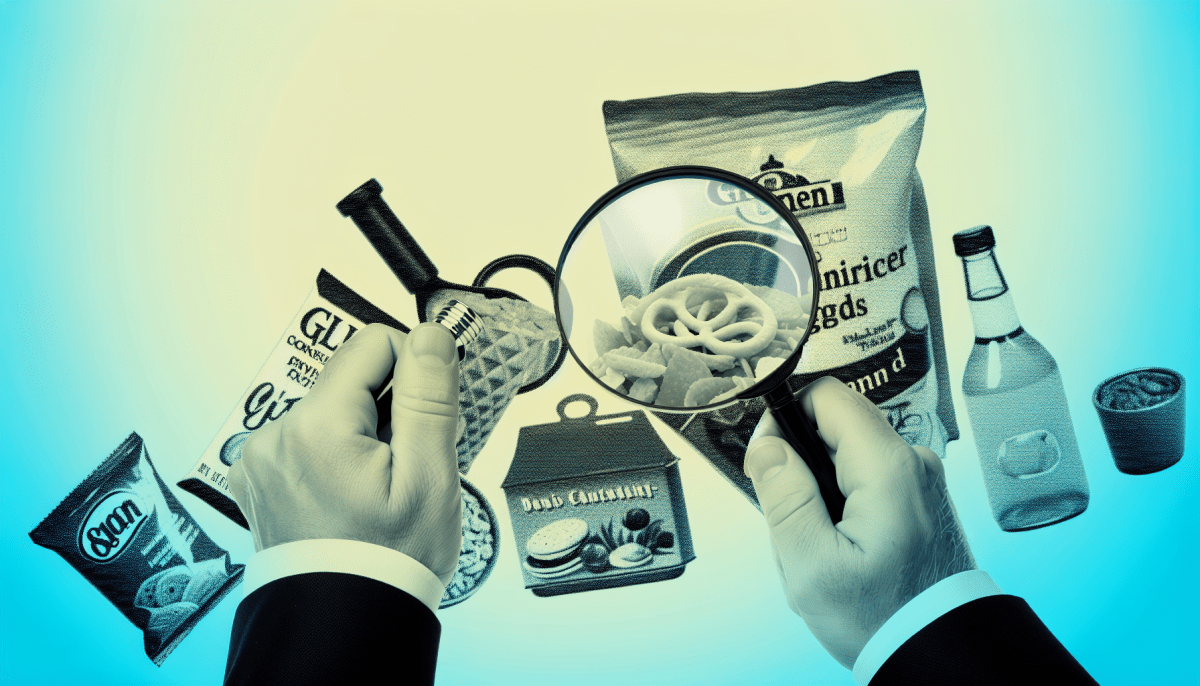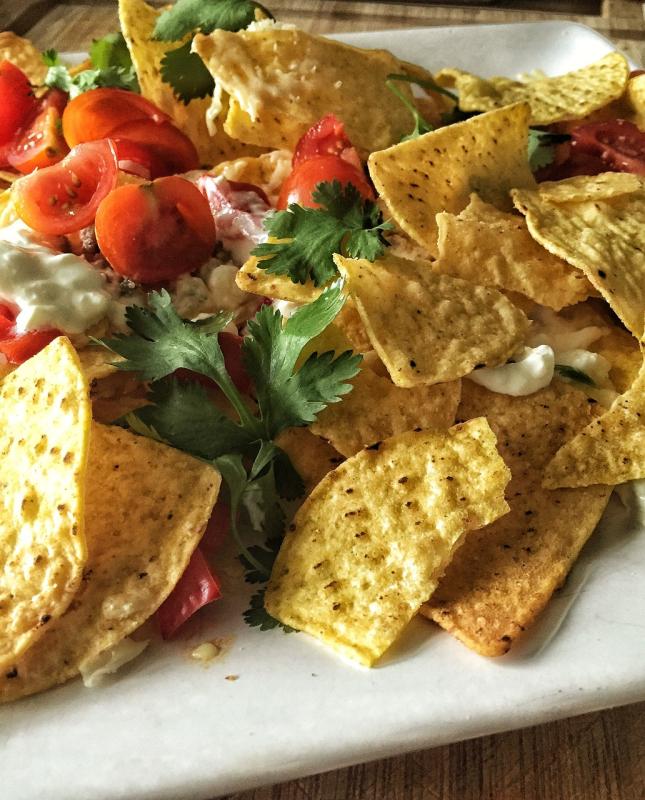When it comes to packaged snacks, identifying gluten can sometimes feel like a daunting task. Many processed foods contain ingredients that might not clearly indicate the presence of gluten. To make your snack time safer, it’s important to read labels carefully and understand what to look for.
Gluten is a protein found in wheat, barley, and rye, which means that any snacks made with these ingredients can contain gluten. Common culprits are chips, pretzels, and certain types of crackers. Always check the ingredient list for terms like malt, which can come from barley, or wheat-based ingredients. Even products labeled as "natural flavoring" can sometimes surprise you with hidden gluten!
Another key point is to look for gluten-free certifications on packaging. Many companies are now producing gluten-free options, and these products often display a gluten-free label prominently on the front. This label indicates that the product has been tested and meets the strict standards set for gluten-free foods, making your choice a bit easier.
Lastly, don’t be afraid to reach out to manufacturers if you’re uncertain about a product. Many companies are more than willing to provide detailed ingredient information and can clarify whether their snacks are gluten-free or not. Remember, being cautious and informed is the best way to enjoy your snacks safely!
Label Reading Made Simple
When it comes to deciphering the labels on processed foods, it can feel overwhelming at first. But don't worry! Label reading can be straightforward and even fun once you know what to look for. Understanding the key terms and ingredients will empower you to make informed choices about what you eat, especially if you're trying to avoid gluten.
First, familiarize yourself with common gluten-containing grains. Look out for terms like wheat, barley, rye, and their derivatives. It’s important to remember that gluten can be hidden in places you might not expect, such as sauces, dressings, and even some processed snacks. Always check the ingredient list thoroughly, even if the packaging claims to be gluten-free.
Next, keep an eye out for the 'gluten-free' label. In many countries, this label is regulated, meaning that products truly meet the necessary standards to be considered safe for those with gluten sensitivities. If you see this label, you can feel more confident that the product has been tested and is safe to consume.
Lastly, some companies are now offering clear labeling that highlights allergens, including gluten. Look for a "contains" statement that lists allergens at the bottom of the ingredient list. This can save you time and help you quickly identify if a product is suitable for your diet. With a little practice, you'll become a label-reading pro in no time!
Common Gluten Sources to Watch For
When navigating the world of processed foods, it's crucial to be aware of the common sources of gluten that may be lurking in labels. Gluten, a protein found in wheat, barley, and rye, can sneak into many products where you least expect it. Understanding where gluten is commonly found helps those with sensitivities or celiac disease make safer dietary choices.
One of the most frequent offenders is wheat. Not only does it appear in its pure form, but it's also often used as a flour in countless products, including bread, pasta, and baked goods. Additionally, look out for ingredients labeled as durum, spelt, or semolina. These variations of wheat can be just as problematic for gluten-sensitive individuals.
Another gluten source to watch for is barley, which is commonly used in malt flavors and beverages, such as beer and malt vinegar. You might be surprised to find barley in unexpected places like soups, sauces, and even some salad dressings. Always read ingredient lists carefully to avoid potential triggers.
Rye is another grain that contains gluten and is often found in bread, particularly rye bread, as well as some crackers and cereals. Even products that might seem safe, like certain seasonings or processed snacks, can contain rye flour or rye derivatives. Being vigilant about ingredient labels can help you quickly identify gluten sources.
Finally, processed foods can be particularly tricky, as many contain hidden gluten. This includes snack foods, frozen meals, and even some canned goods. Always look for gluten-free certifications or check ingredient lists for wheat-based additives like wheat starch or hydrolyzed wheat protein. By being aware of these common sources, you empower yourself to make safer choices in a gluten-filled world.
Tools for Detecting Hidden Gluten
When it comes to identifying hidden gluten in processed foods, having the right tools at your disposal can make all the difference. As more companies become aware of dietary restrictions, gluten can often sneak into unexpected places. To help you navigate these challenges, here are several handy tools that can simplify your gluten detection efforts.
One of the most popular tools for gluten detection is the gluten testing kit. These kits are designed for home use and often involve a simple process where you mix a small sample of food with a reagent. If gluten is present, the mixture will change color, indicating its presence. These kits are particularly useful for those who want to check foods that might not have clear labeling.
Another valuable tool is a portable gluten meter. This device allows for on-the-go testing with ease. Simply place a sample of the food into the meter, and it will provide you with an instant reading of gluten levels. This is especially beneficial when dining out or shopping at the grocery store, allowing you to make informed choices without the hassle of complicated testing.
In addition to testing kits and meters, smartphone apps are also emerging as a great resource for gluten detection. Many apps offer extensive databases of foods, including ingredient lists that specify whether a product contains gluten. Some even allow users to scan barcodes directly on packaging to receive instant gluten-related information, making it easier than ever to shop safely.



